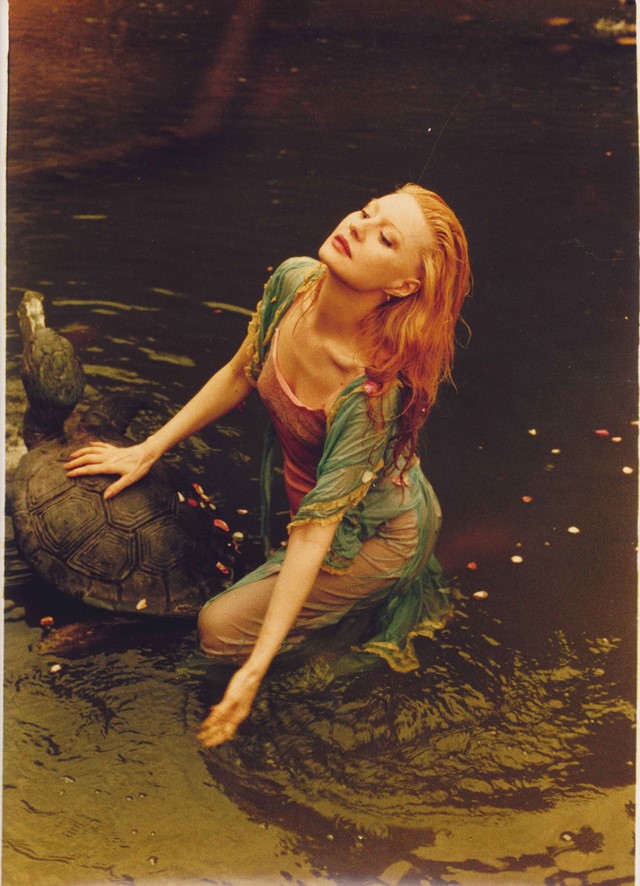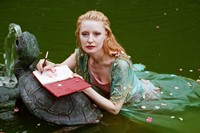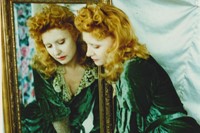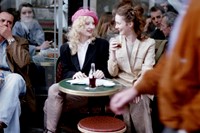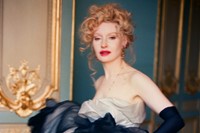Photographer Iris Brosch looks back at her friendship with the late American sex educator, who is the subject of a new documentary about her strange disappearance from the public eye
Iris Brosch had just moved to Paris when she landed her first assignment for Elle in 1991. The young German photographer had been briefed, somewhat bluntly, that her subject was an “older lady who writes about sex”, and was completely unprepared for the strawberry-blonde bombshell who turned up on set. “It was like she’d come from another planet,” Bosch recalls of her late friend and muse, American sex educator Shere Hite. “She was stunning.”
As it turned out, their first meeting was not an auspicious one, Hite seeming “distant” and mistrustful after yet another interview in which the journalist seemed more interested in her nails and lipstick than her pioneering work in the field of sexology. The author’s best-selling report on female sexuality, published in 1976, was a door flung open on the bedrooms of women across America whose key finding – that stimulation of the clitoris, not intercourse, was the surest route to female orgasm – was a landmark moment in the feminist movement. And yet, as Nicole Newnham’s new documentary The Disappearance of Shere Hite reveals, her work fell victim to a form of cultural erasure that has left her legacy obscured.
Why isn’t too hard to fathom: amid a gathering storm of anti-feminist feeling at the turn of the 80s, Hite’s work was discredited as unscientific, misandristic and lacking in credibility. (Never mind that she wrote another book, on men and male sexuality, whose findings her editor says in the film were among the saddest things he’s read in his career.) It’s painful, and occasionally thrilling, to see Hite lock horns on TV with men who are distressed to learn that the world doesn’t revolve around their penises. She even agrees to go up against a whole audience of them, in an episode of Oprah that will be triggering to any woman who’s raised their head above the parapet on social media only to get drowned out by the sound of wailing menfolk. “You have a whole book of women telling [you] what the problem is and men are reacting like they’ve been shot,” says Hite on the show.
Throughout her many public appearances during the late 70s and early 80s, Hite exudes the glamorously aloof, Bette Davis style that helped force her work into the spotlight. But it’s also true that same refusal to hide her beauty helped derail her career, exposing double standards in society around women’s appearances. “Shere didn’t want to hide, because women have had to hide for centuries,” says Brosch. “But she had to pay a high price.”
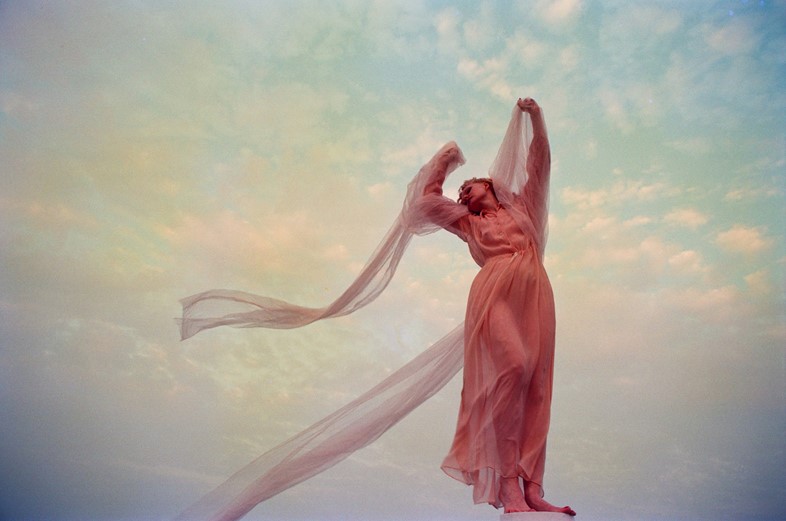
By 1991, when the pair met, Hite was living in self-imposed exile at the Hilton hotel in Paris, unrepentant but profoundly damaged by her experiences in the public eye. (Hite would renounce her US citizenship in 1995.) From here a decades-long friendship blossomed between the pair, documented in hundreds of photos exploring a shared interest in female beauty. “We were thinking how to show a female body with sexuality, grace and intelligence, because these images just didn’t [seem to] exist,” says Brosch. “When you have the image of a sexy woman you never see she is also smart. And we were thinking, how is this possible, that there is no togetherness? Because that is the power of sexuality.”
Their work together spans nudes and elaborate fashion spreads, with Brosch citing a shoot in a fountain evoking Millais’ Ophelia as a favourite. For Hite, an ex-model whose shoot for Playboy was held up in the press as proof of her unseriousness, doing the pictures “helped her to find herself again as a woman, because as you see in the film there were so many lies told about her,” says Brosch. “It was terrible. Just imagine, you work your whole life to try and give people happiness and then you have people bashing you down and telling you you’re the bad one.”
The pair were in touch until Hite’s death from a neurological condition in 2020. Brosch visited her in hospital, “but I didn’t take pictures any more because it was a little sad to see this lady who moved our society pass away in silence [unknown to] a lot of people. She was like Marlene Dietrich, you know? She wanted her image how she wanted her image.” Brosch hopes that Newnham’s film will trigger a wider reappraisal of her friend’s work, and she is in touch with artists and gallerists including Hans Ulrich Obrist, a friend of Hite’s, about exhibiting previously unseen images created by the pair.
“I nearly had to cry when I saw the film,” says Brosch, “because I felt like I hadn’t listened enough to what she’d been going through in the US. I’ve met a lot of celebrities since then through my work, but I’ve never met anyone else like Shere.”
The Disappearance of Shere Hite is out in UK cinemas now.
